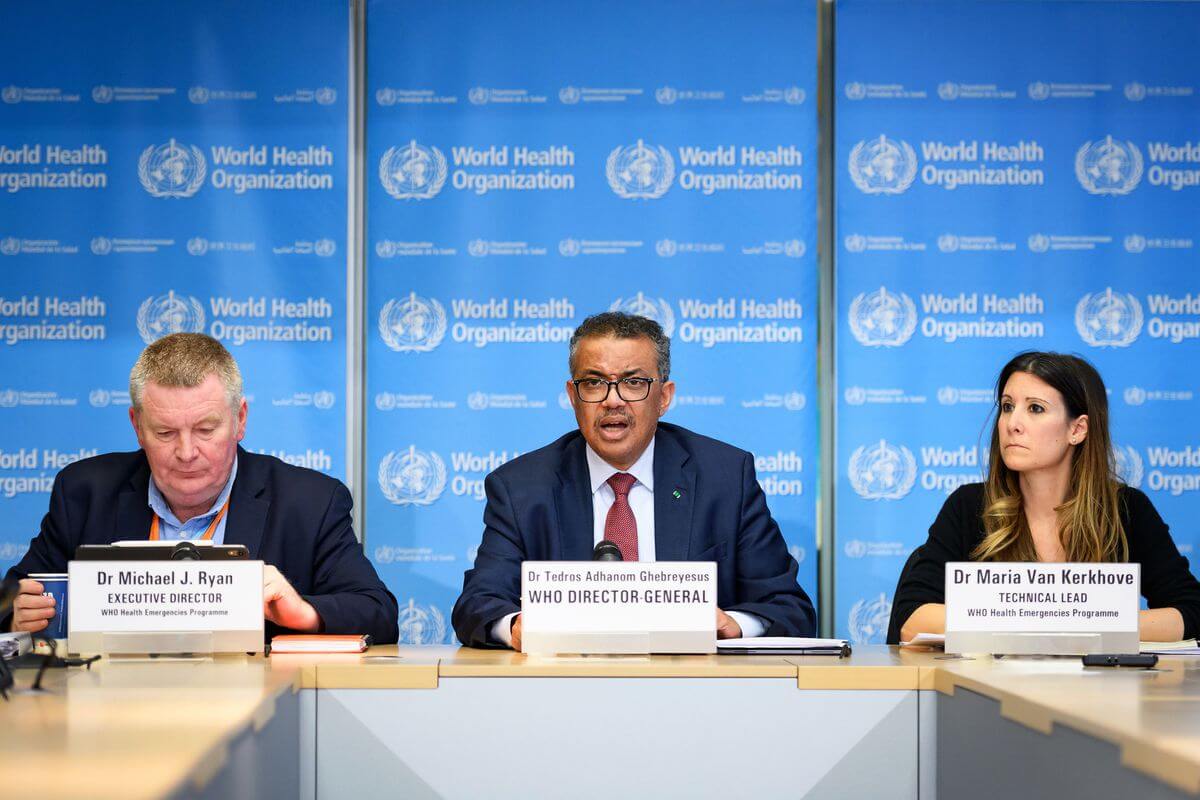On Saturday, the World Health Organisation (WHO) released a statement declaring the monkeypox outbreak a public health emergency, the organisation’s highest alert level, as 75 countries reported 16,000 cases, with five deaths in Africa alone.
The WHO released the recommendations after the second meeting of the Emergency Committee of the International Health Regulations, which he said is a “vital tool” in controlling the “international spread of disease.” The Committee concluded that the monkeypox outbreak had spread rapidly through new modes of transmission and information remains sparse.
However, WHO Secretary-General Tedros Adhanom Ghebreyesus clarified that while the monkeypox outbreak is a public health emergency of international concern, the viral disease concentrated mainly among homosexual men, particularly those with multiple sexual partners.
Keeping this in mind, he said that the right strategies must be deployed to “design and deliver effective information and services, and to adopt measures to protect the health, human rights, and dignity of affected communities.” Equally, he warned against stigma and discrimination.
Monkeypox: @WHO reconvenes Emergency Committee as cases pass 14,000.
— United Nations (@UN) July 21, 2022
It’s important to assess effectiveness of public health interventions in different settings as outbreak develops, to better understand what works & what doesn’t, says @DrTedros. https://t.co/yxafAaYQfw pic.twitter.com/xxnWJyNhXt
The WHO chief made his recommendations per the International Health Regulations, which have five preconditions to declaring a public health emergency.
First, the Committee relies on the countries’ reports to assess the extent of the global outbreak. In this case, it concluded that countries that had never seen monkeypox had reported cases.
Secondly, the WHO Secretary-General was convinced that the outbreak had met the three criteria to declare a public health emergency of international concern: the outbreak is an extraordinary event; it poses a public health risk to other countries; and there is a need to ensure a coordinated international response.
Thirdly, the WHO chief is required to consider the advice the Emergency Committee gave, which in the case of the monkeypox outbreak had not reached a consensus yet.
Fourthly, the Committee will look at the scientific principles, evidence, and other relevant information.
Finally, the WHO looks into the risk posed to human health as well as international spread and the potential impact on international travel.
.@who director @DrTedros explains why #monkeypox represents a global health emergency.
— UN News (@UN_News_Centre) July 23, 2022
More➡️https://t.co/nXGd1r2JEEpic.twitter.com/x6oRbX92cn
Accordingly, the WHO concluded that the global risk for monkeypox is “moderate,” except in Europe, where the threat was concluded to be “high.” The Committee concluded that there is a “clear risk of further international spread” but the added that the “risk of interference with international traffic remains low.”
To this end, Tedros laid out recommendations for four sets of countries, which were divided on the basis of their “epidemiological situation, patterns of transmission, and capacities.”
The first group is made up of countries with no history of the virus or those that have not detected any cases for over 21 days. The recommendations for this group were largely focused on enhancing preparedness by streamlining surveillance, increasing capacity, raising awareness and providing training, and facilitating communication through community support efforts and civil society groups.
.@WHO Emergency Committee meets again to assess the public health implications of the evolving multi-country outbreak, as global #Monkeypox cases passed 14,000, with 6 countries reporting their first cases last week.https://t.co/KXw0yHyDbF pic.twitter.com/3eejsqXiMI
— UN Geneva (@UNGeneva) July 22, 2022
The second group comprises countries that have recently reported monkeypox cases amongst humans as well as human-to-human transmission. For these countries, the WHO recommended a coordinated response to “[stop] human-to-human transmission” and protect vulnerable groups from exposure. In addition, it urged these countries to set up protocols to protect medical healthcare providers from contracting the virus.
These countries were also urged to “harmonise data collection and report clinical outcomes” to facilitate countermeasures research. The organisation as recommended that the second group adopt measures to prevent symptomatic individuals from travelling internationally.
For the third group, composed of countries that have reported animal-to-human transmission, the WHO recommended a “One Health” coordination mechanism at the federal, national, subnational, and local levels to investigate the outbreak.
Almost 14,000 confirmed #monkeypox cases have now been reported to WHO this year, warns @DrTedros pic.twitter.com/bEXuA4faiT
— UN News (@UN_News_Centre) July 20, 2022
Lastly, for countries that have the “manufacturing capacity for medical countermeasures,” it recommended that diagnostic, vaccine production, and therapeutics capacities be increased. Such countries were also urged to coordinate their responses with the WHO.
Tedros stressed that the outbreak highlights the need to make mechanisms to facilitate internationally coordinated response “more effective.” In this regard, he celebrated the discussions on a “new international accord on pandemic preparedness and response” and “amendments to the International Health Regulations” to simplify the process of declaring a public health emergency of international concern.
While presenting the release, the WHO chief recalled that during the first meeting of the Emergency Committee in May, there were merely 3,040 cases in 47 countries. He thus said that the Committee reached a consensus that the outbreak should not be declared a public health emergency at the time.
Monkeypox was first reported in Congo in 1970, at which point it was considered endemic in nine African countries. However, this year’s outbreak has spread to non-endemic countries, indicating an increase in transmissibility. The symptoms include high fevers, swollen lymph nodes, and rashes. While the WHO has not recommended any vaccines, the United States began administering smallpox jabs in May. Similarly, the European Union also recommended the smallpox jab be authorised expeditiously.

